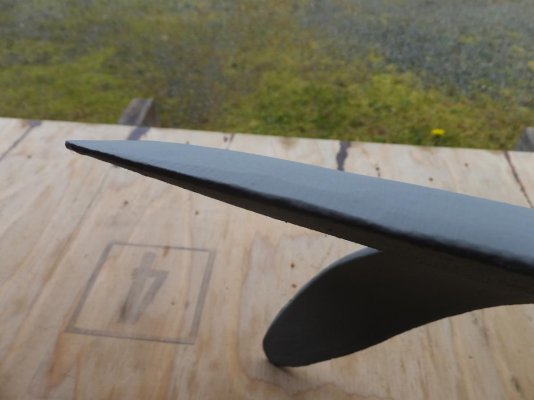Xlantic wrote;
"Given its relatively low cost maybe a good solution is an oversize Delta?'
Very excellent point Xlantic. And you're not alone in thinking that way.
IMO (and I've said as much before re the Claws) many anchors would or could be keepers if they were only bigger. Some that come to mind are Northhill, CQR, stockless anchors like the Navy, Bruce and clones (Claws) and any other anchor that sets well and functions well on a wide range of bottoms but lacks holding power. There's at least several others but I won't mention them for fear of setting off a small war. But one can always solve a holding power weakness by using a larger anchor.
The Claw is the most widely used anchor that can be used in this way. Many think nothing of using an extra 100 or 200lbs of chain but a small fraction of even 100lbs can turn a weak anchor into a solid performer. Fishermen do it all the time in the PNW with Forfjords, Claws and Northills. Never seen a high performance anchor on a fish boat. I'm about ready to ditch my experimental anchors and use my Lewmar Claw. It's 33lbs and that's about twice as heavy/big as most all of my other anchors.
Size matters of course. But anchors need much more than holding power to be considered good keepers. Setting ability (the subject of this thread) is perhaps or quite likely equally as important as holding power. Numerous anchors have flaws that almost no size increase would turn them into desirable keepers. Then there's opinions .... l'll quit there.




